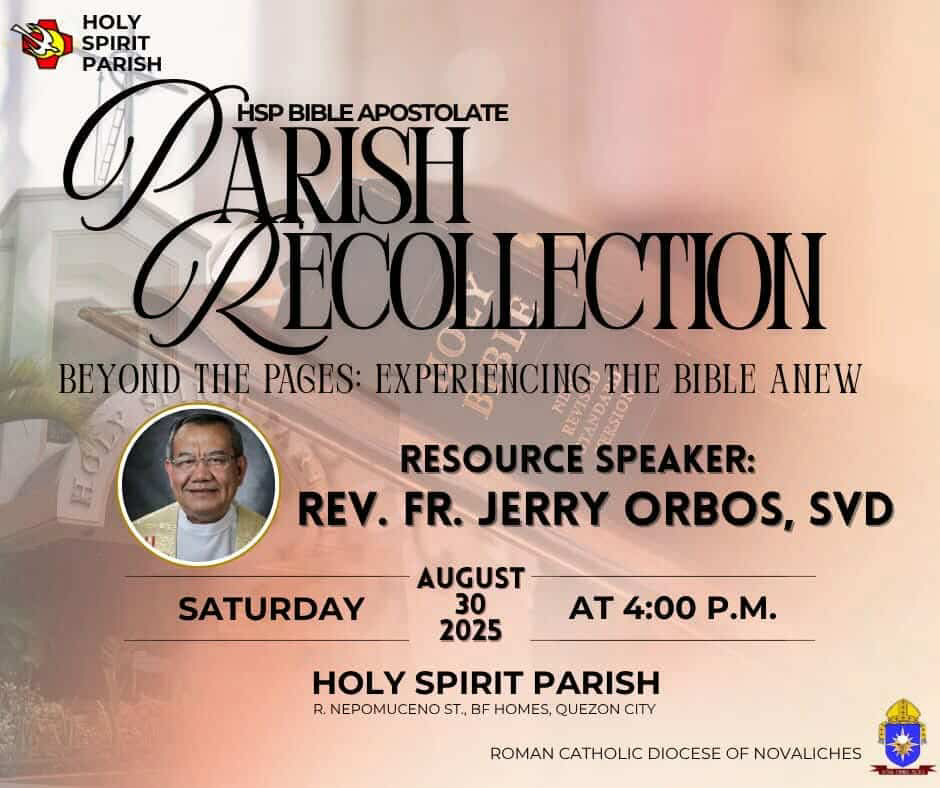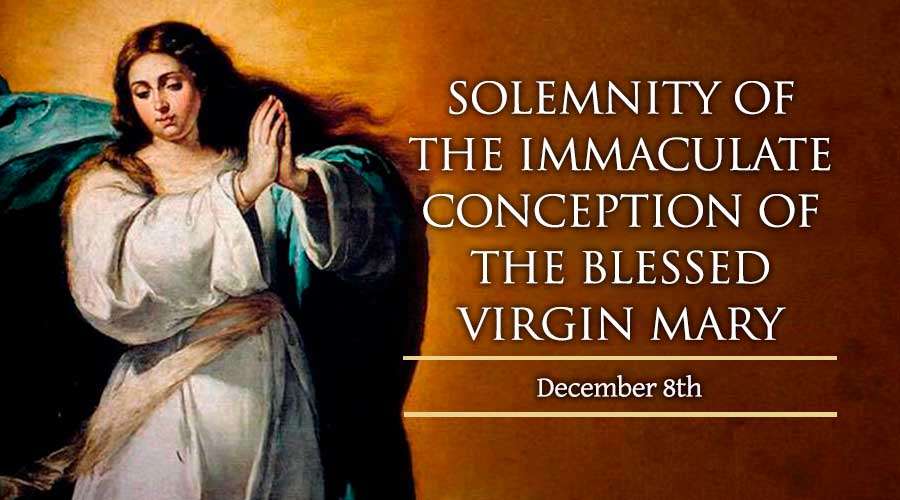1. The Scripture is God’s Word. It clearly states that God condemns homosexuality (Leviticus 18:20; 20:13, Romans 1:26-27, 1 Corinthians 6:9-11 and the Gospels). And the view of the Church about that is they still rejects. I attended one meeting for students dealing with Sex, Love and Relationship that they stated that God also loves them. Of what the Scripture says, God hates it and the Mother Church rejects such an act. But also, the Church gives them respect and they encourage them to be chaste. How should I understand it? I am confused.
- Yes, God loves them too. His love is boundless and unlimited. His love for all was manifested in the incarnation and paschal mystery of his only begotten Son, Jesus Christ. Sinner or saint, strong or weak, they are loved by God.
- Nothing is said on Sacred Scripture that God hates them or that Holy Mother Church rejects them. But we can read in the Bible that what God hates is the immoral acts and not the homosexual persons (like what happened in Sodom and Gomorrah during the time of Abraham).
- In the Scriptures, God created Man and Woman in his image and likeness. Along with the creation of our body and soul, God also gave us the gift of intellect and freedom. Our brothers and sisters, who decided to live the sexual orientation they have chosen, is respected by God because it is their choice: they used the gift of intellect and freedom.
- God’s concern is this, not only to our LGBT brethren but also to us: WE MUST RESPECT OUR BODY. Our body is the temple of the Holy Spirit, and it is the hinge to our salvation. Meaning, yes they are respected of who and what they are, but they need to respect their body so that the soul may be saved. Thus, chastity is greatly needed for all of us.
At the same time, there must be a great concern for spirituality, meaning: the person, in whatever orientation he or she may be, needs to receive frequently the sacraments, especially the Eucharist and Reconciliation, must pray always, and seek spiritual guidance/direction to spiritual masters (e.g. priest, religious, or gifted laity). By these spiritual gifts of God, the person will be nourished holistically and is strengthened in fighting temptation by sanctifying grace.
- The Church does not condemn the person who held his sexual orientation as Lesbian, Gay, or Bisexual. Rather, the Church’s concern for those brothers and sisters of ours is the immorality that they may commit toward others. That is why the call for chastity must be lived.
- How can we easily understand these? God’s love is for all. He loves us so much that everyday, in every heartbeat, he gives us a chance to love him and to love him more. And he taught us, through Jesus Christ, to love our neighbor as we love ourselves.
God loves our brethren who claim that their sexual orientation is lesbian, gay, or bisexual. They are also called and given a chance to love him more and more each day. They need our love and understanding as brothers and sisters in faith, and we need to pray for them and help them grow in holiness by living the teachings of the Gospel and of the Church by our own spiritual life and actions.
2. If we commit mortal sin and we did not repent, will we surely go to hell?
- Let’s answer this question by quoting directly what the Church teaches about this matter:
“Mortal sin is a radical possibility of human freedom, as is love itself. It results in the loss of charity and the privation of sanctifying grace, that is, of the state of grace. If it is not redeemed by repentance and God’s forgiveness, it causes exclusion from Christ’s kingdom and the eternal death of hell, for our freedom has the power to make choices for ever, with no turning back. However, although we can judge that an act is in itself a grave offense, we must entrust judgment of persons to the justice and mercy of God.” (Catechism of the Catholic Church, 1861)
3. Why are liturgical or altar books colored red?
- First of all, not all liturgical books are covered in red. In Papal Masses, if the Pope wears white or green vestments, the copy of the Missal being used has a white leather cover. Otherwise it is red when he wears purple or red vestments.
- Some are in black leather cover, e.g. the Altar Missal for Requiem Masses in the Extraordinary Form of the Roman Rite. But normally, especially in the English-speaking countries, the red leather covering of liturgical books are becoming numerous.
- Why red? According to Fr. Timoteo Jose Ofrasio, SJ, Doctor of Sacred Liturgy, there are no special reasons, except for aesthetics and high visibility in the altar.
- In the secular side, red is a color of passion and love. Likewise, in the liturgy, the red color vestment symbolizes the passion of Our Lord, the work of the Holy Spirit, and blood of martyrdom. We can extract from these symbols that though liturgical books are made of leather and can be black or other colors approved by competent authorities, as we see the Missal and other books for liturgical use, let us be reminded that those books are used in the celebration of Christ’s commemoration of his Paschal Mystery and, the books made by human hands and the prayers made through the inspiration of the Holy Spirit, we manifest our love to the Father through Christ, in the Holy Spirit, as we celebrate the Sacred Liturgy.










